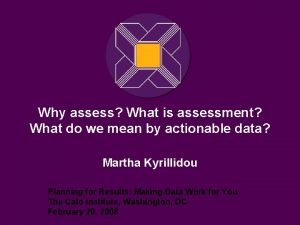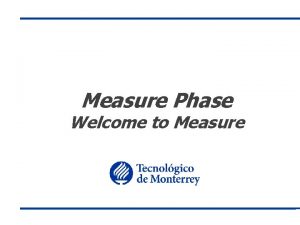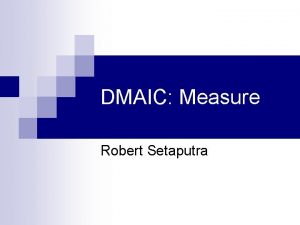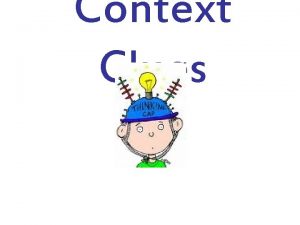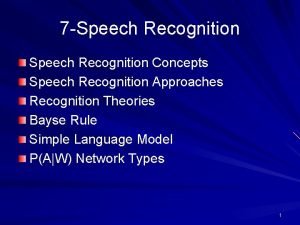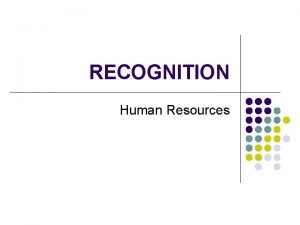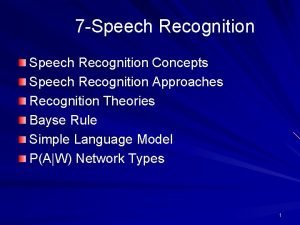Why assess Word Recognition in Context Provides measure








- Slides: 8

Why assess Word Recognition in Context? • Provides measure of student’s fluency (through reading rates/qualitative measures of expression) • Comprehension questions assess understanding of text • Provides measure of student’s reading level (assessed through number of errors and reading rate for each level passage)

Materials Needed • Student copy and teacher scoring copy o each passage (need to make copies) • Stopwatch – to obtain reading rates • Calculator – to obtain reading accuracy scores • Tape recorder (optional but highly recommended) to check scoring

Procedure • Start WRC measure at highest level where student got 15+ correct on WRI (automatically identified column) – For example, if student knew 15+ on Primer level, start WRC with primer passage

Procedure • Place copy of text in front of student • Read title/discuss

Scoring - Errors • Four types of errors 1. 2. Substitutions – student substitutes a different word for the one in the text through word and write substituted word over the text Insertions – student inserts a word into the text that was not there ^ and write the word 3. Omissions – student leaves out a word 4. Teacher supplied words – wait 5 seconds before supplying the word Circle omitted word Mark with ( ) around supplied word

Scoring – Other Notations These are not counted as errors, but should be marked 1. Self-Corrections √ check 2. Repeated Words or Phrases Squiggle underneath the word

Scoring – Basic Rules • If student skips an entire line of text, stop the reading and redirect. Do not count as an error. • If the student makes the same error (e. g. “bid” for “bird”) and it changes the meaning of the passage – count each instance as a separate error. If it does not change the meaning (e. g. “Marge” for “Mary”) count the error only once.

Continue/Discontinue Rules • Move to the next level passage if student’s accuracy score is 90% or above (85% on preprimer level text). • Stop when student’s accuracy drops below 90%.

